
 |
|
|
Fruits
Volume 59 Number 8 Date 06/19/2014 CODLING MOTH - Most southern and central Wisconsin apple orchards are 250 or more degree days (modified base 50°F) beyond the first biofix, and treatments for first generation larvae have started. Early larvicide applications made at the traditional 250 degree-day point coincide with 3% hatch and are appropriate for orchards that experience high trap counts (10-15 moths) in the first week after biofix. By contrast, apple orchards with initially low moth counts that increase later in the flight may benefit from delaying treatment until 350 degree days after biofix, or 15% hatch. Treating at this later window theoretically exposes more newly hatched larvae to the insecticide product. Apple growers are reminded that reapplication may be necessary if heavy rainfall of two or more inches is received and trap counts are consistently above five moths per trap per week. Applying materials at a higher rate may provide extended protection from rain and a longer reapplication interval, according to Orchard IPM Specialist, John Aue. REDBANDED LEAFROLLER - Moth counts were extremely low again this week, ranging from 0-4 per trap. The average was only 0.9 per trap. The low number of RBLR moths appearing in traps since early June suggests that populations are still primarily in the larval stages or that controls applied a few weeks ago were very effective. The second flight is likely to begin in the next two weeks. OBLIQUEBANDED LEAFROLLER - The first flight of moths accelerated this week and is expected to continue through mid-July. Apple growers who experienced OBLR problems in recent years should consider setting additional traps to determine specific blocks or varieties in which to direct sampling and control efforts. Monitoring terminals over the next 2-3 weeks for the second brood of larvae will also indicate the potential for problems later this season. PLUM CURCULIO - John Aue of Threshold IPM Services reports that persistent damage is occurring in some orchards that applied perimeter sprays earlier this month. Most southern Wisconsin locations are 308 degree days (modified base 50°F) or more beyond petal fall and the majority of beetles should have moved into interior trees by now. If temperatures remain favorable, the egg laying period could extend throughout June, leading to severe injury by early July in unprotected sites. Continued scouting is recommended and, if late immigration is suspected, a perimeter application is acceptable. Organic options include maintaining a protective coating of SurroundŽ WP (kaolin) on exposed blocks. SAN JOSE SCALE - Emergence of scale nymphs or "crawlers" is anticipated next week in southern orchard locations. Sampling by taping scaffold branches in blocks with history of damage is advised to determine the relative abundance of scales, the start and end of the hatching period, and if treatments are successful. The tape should be changed every 7-10 days during the period of crawler activity. FIRE BLIGHT - Symptoms of this fruit tree disease (i.e., shepherd's crook, amber ooze) are becoming increasingly evident during shoot development. If shoot blight is suspected, pruning out infected tissue 12 inches below any symptoms will help prevent further spread. An application of streptomycin 24 hours before or after a significant rain or hail event is an effective control for trees still in bloom. -- Krista Hamilton, DATCP Entomologist 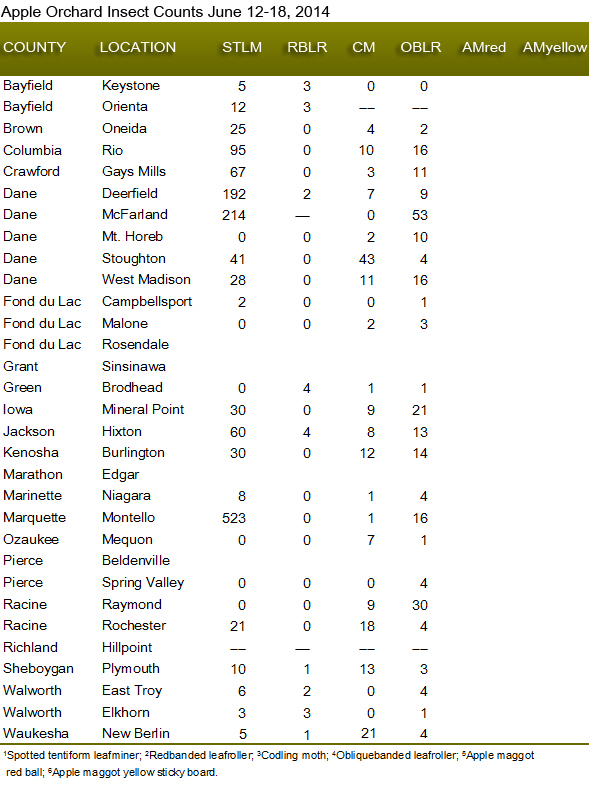
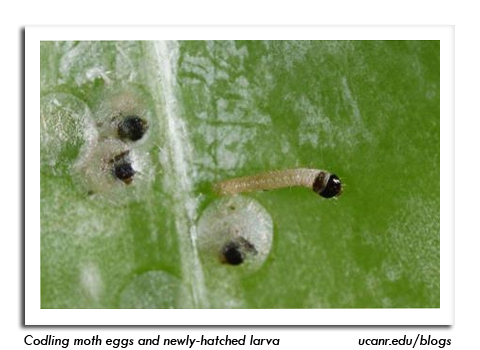
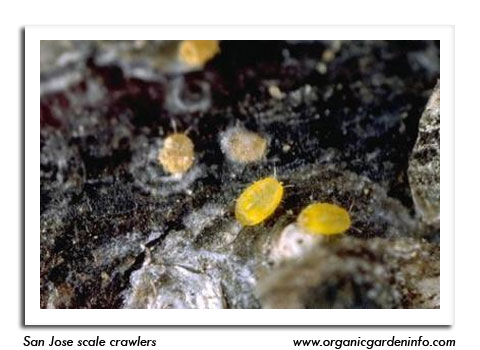
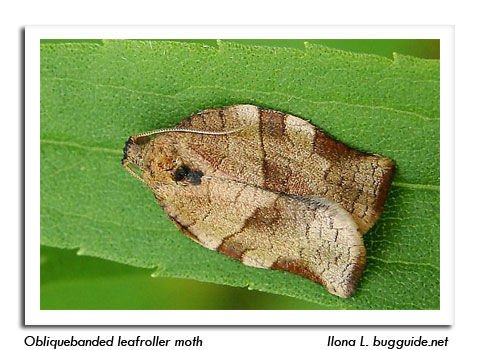
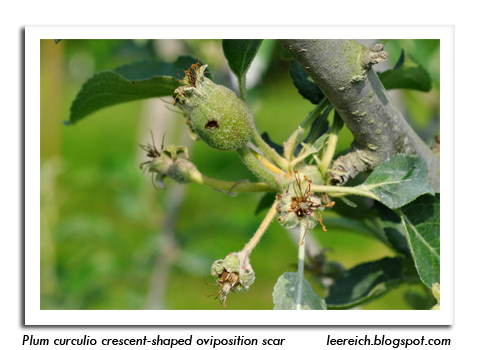
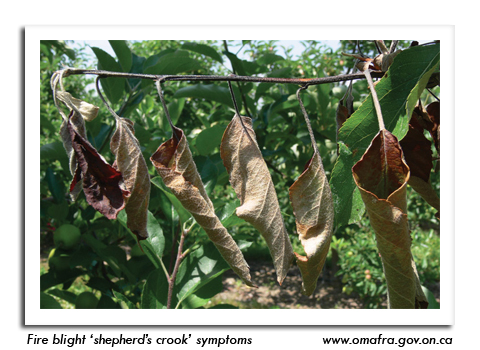
|
|
|